How to Repair Heating and Cooling Systems

- How heating and cooling systems work
- What can go wrong
- How to identify a problem
- What is needed for repair
- The steps to basic repairs
Heating System Repairs
Here are the FREE Fix-It Guides for Heating System Repairs:
- Comfort Controls Repair
- Electric Furnace Repair
- Electric Heater Repair
- Fan Repair
- Forced-Air Distribution Repair
- Gas Furnace Repair
- Heat Pump Repair
- Hot-Water Boiler Repair
- Kerosene Heater Repair
- Oil Furnace Repair
- Steam Boiler Repair
Cooling System Repairs

- Central Air Conditioner Repair
- Comfort Controls Repair
- Fan Repair
- Forced-Air Distribution Repair
- Heat Pump Repair
- Room Air Conditioner Repair
Simply follow the links above to see how the components work and what to do if they don’t. Each of these free Fix-It Guides includes step-by-step instructions for handling most common heating and cooling system repairs. That’s how to repair home comfort systems. Save hundreds of dollars by performing regular maintenance and repairs for more efficient operation of heating and cooling systems. Learn how they work and what to do when they don’t with free repair help from the Fix-It Club.
–Dan “The Fix-It Man” Ramsey
FixItClub.com ~ Free Repair Help!


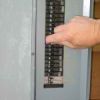
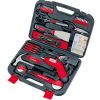
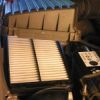
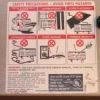
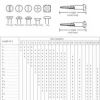

You must be logged in to post a comment.